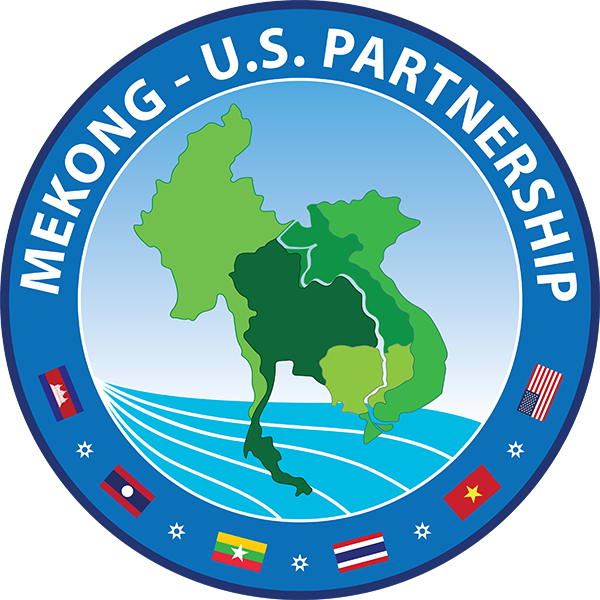BANGKOK – Temperatures in South-East Asia's Lower Mekong Basin are set to rise by up to three times the global average temperature increase, according to a USAID-funded study.
Previous reports by the Intergovernmental Panel on Climate Change predicted that the basin would see increases in line with the global average of around two degrees Celsius.
But according to a preliminary report by the Mekong Adaptation and Resilience to Climate Change Project (Mekong ARCC) released last week (29 March), parts of the basin could see annual temperatures increase by as much as six degrees Celsius by 2050.
It also predicts that areas such as Mondulkiri province in Cambodia could experience doubling of the number of days with heavy rainfall, up from just nine days annually.
The authors of the study — a complete version of which will be released in May — warn that if local communities do not adapt, their crop yields will fall significantly, causing severe food insecurity.
"We've found that this region is going to experience climate extremes in temperature and rainfall beyond anything that we had expected," says Jeremy Carew-Reid, the study's lead author, and director of the International Centre for Environmental Management, one of the organizations tasked with implementing the five-year project.
The Lower Mekong Basin, which encompasses most of Cambodia and Laos, and parts of Thailand and Vietnam, is primarily rural, with 70 per cent of its 60 million inhabitants working as farmers or fishermen.
But as temperatures increase, the region's suitability for certain crops and aquaculture will change. Farmers could find that yields from crops that once thrived, including staples such as cassava, will plummet.
In low elevation zones in Laos, for example, higher temperatures and more rain could make cassava less suitable for cultivation. In the higher elevation provinces of Cambodia, rainier wet seasons and more arid dry seasons could hamper the production of Robusta coffee, an important cash crop in the region.
Despite the gravity of their predictions, the Mekong ARCC team remain optimistic they could help local communities adapt to environmental changes by ensuring the study's information is made available to them.
"Our goal now is to take the science and link it to the changes that are taking place in Lower Mekong," says Paul Hartman, Mekong ARCC's chief of party.
"These communities have dealt with environmental shocks for ages, but we want to give them the best scientific information so they can start planning their future but without the scientists telling them what to grow or not," he adds.
Olivier Joffre, an agriculture specialist at Mekong ARCC, says that creative methods could be used to adapt to climate change. He says Vietnamese coffee farmers could plant shade trees to protect coffee bushes from high temperatures, and recommends that cassava farmers in Cambodia avoid peak summer heats by moving their growing season.
While some areas will have to struggle with the reality of a warming climate, others, especially in the north, could see the transition as a boon to their economies, the authors say.
For example, while the study forecasts that most provinces would see the yield of their rain-fed rice farms decline, in the Sakon Nakhon province of northeast Thailand, more rainfall could double rice production by 2050.
Source: SciDev.Net's South-East Asia & Pacific desk
 Mekong - U.S. Partnership
Mekong - U.S. Partnership


